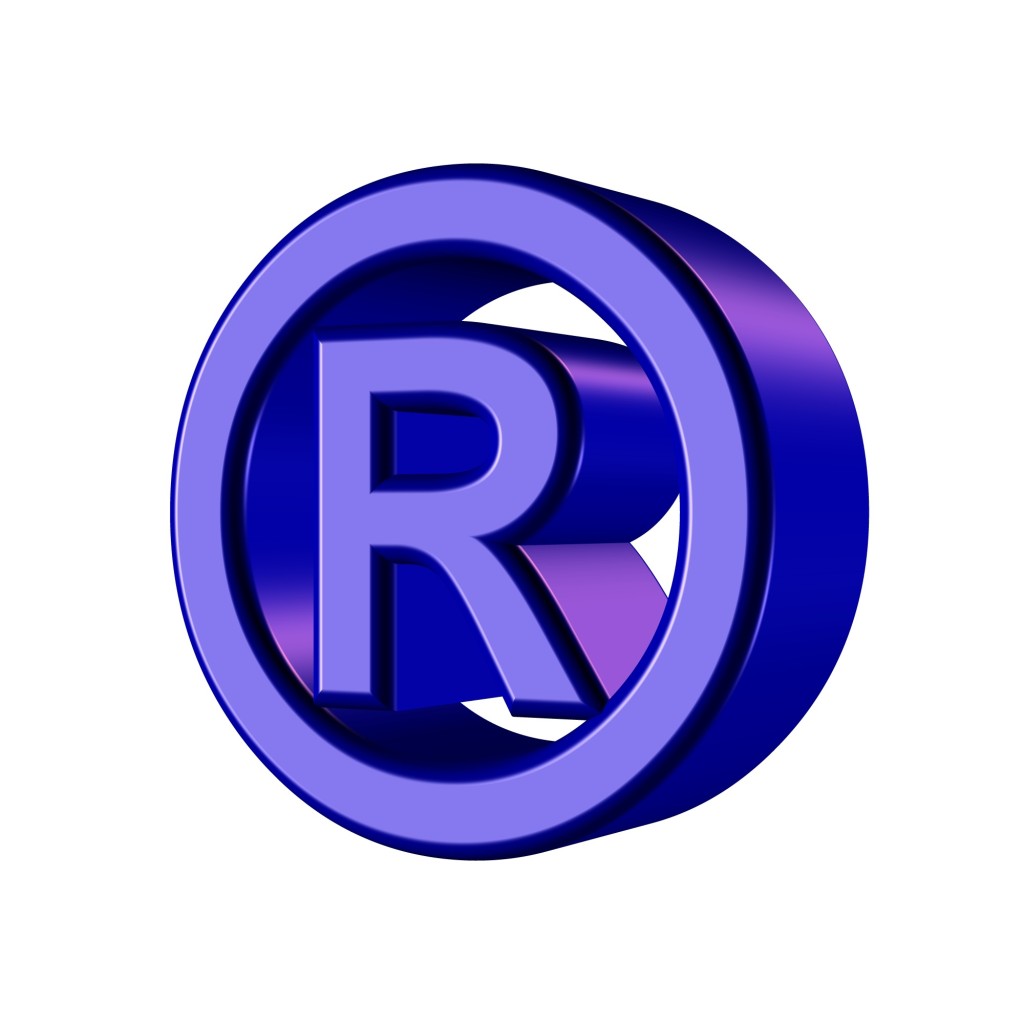WHAT EXACTLY IS LIKELIHOOD OF CONFUSION?
When you file a trademark application with the U.S. Patent and Trademark Office (USPTO), a trademark examining attorney will perform a search to determine, among other things, whether or not your mark is likely be confused with that of another registered or applied-for mark. The analysis sounds simple, but it is far from that. Likelihood of confusion does not depend solely on the nature of the mark. In other words, you cannot determine if the marks will be confused simply by looking at them side by side. Rather the analysis depends on whether a consumer will be confused as to the source of the products that the mark identifies. Therefore, in analyzing likelihood of confusion, there are many more factors to consider beyond whether the marks look similar.
Instead, the USPTO bases their analysis on likelihood of confusion on 13 factors. Not all cases will have all 13 factors (known as the DuPont factors) and in fact, most will not. Further, each case is fact specific, so what is heavily weighted in one case, may not be so in the next. Two factors stand out as key considerations in the analysis: 1) the similarity of the marks as to their appearance, sound, connotation and commercial impression and 2) the relatedness of the goods or services.
For example, say you have registered RED FOX for malt liquor. Now, assume I want to register RED FOX for tequila. As a consumer, would you think that my tequila comes from the same source as the malt liquor? Probably. But now assume the RED FOX trademark is for clothing. Would you now believe that the malt liquor provider is also making pipes? Probably not. This is due to the second key factor, the relatedness of the goods. One purchasing malt liquor, may purchase tequila at the same place, as those are both alcoholic beverages. However, one purchasing malt liquor would not necessarily be shopping for pipes at the same time or place and would not likely be confused.
While that analysis focused solely on the words, “RED FOX,” another key distinction is the appearance of the marks. Therefore, adding a logo or design to your mark may differentiate it such that a consumer might not think it represents the same source as the original mark.
Further, most applied-for marks are not identical in wording. Thus, one may attempt to register RED COW with a similar appearance to RED FOX. The determination of whether RED COW will be successfully registered comes down to whether or not the consumer is likely to be confused as to the source based on all 13 DuPont factors. If the marks were the same style, had a similar appearance, and were for related goods, the registration may be denied. However, if the marks were not similar or if the marks were for unrelated goods or services, the registration would likely be approved.
Overall, when evaluating two marks, start by asking yourself, “would I believe the particular goods or services to come from the same source based on the overall appearance of the marks?”












